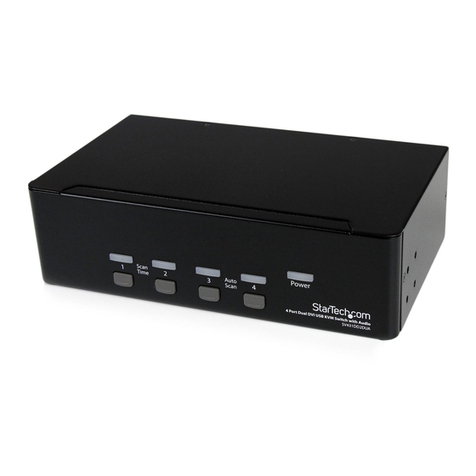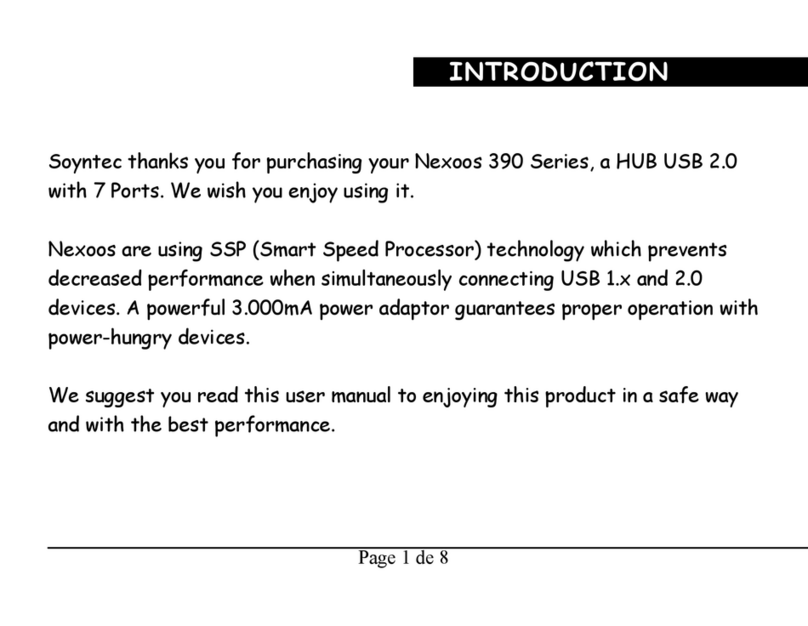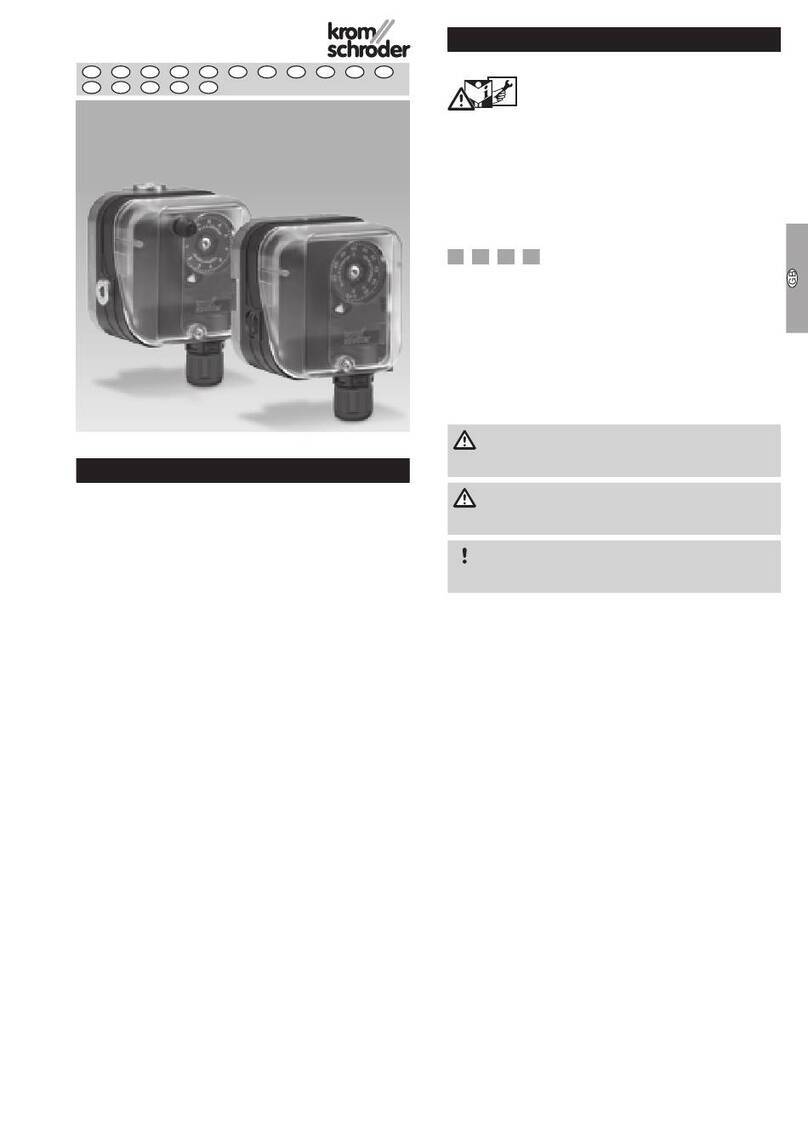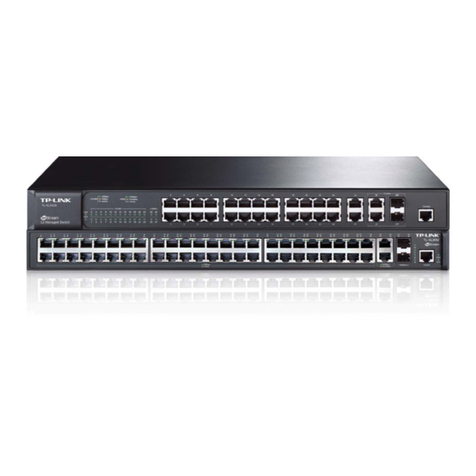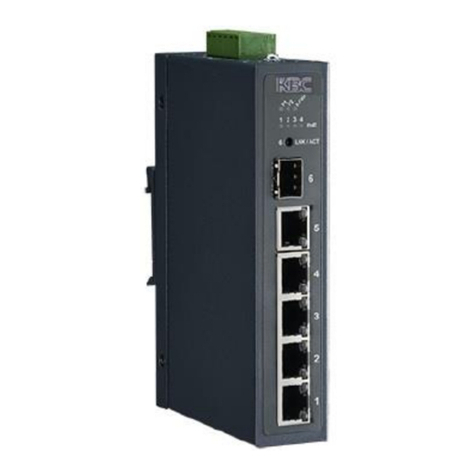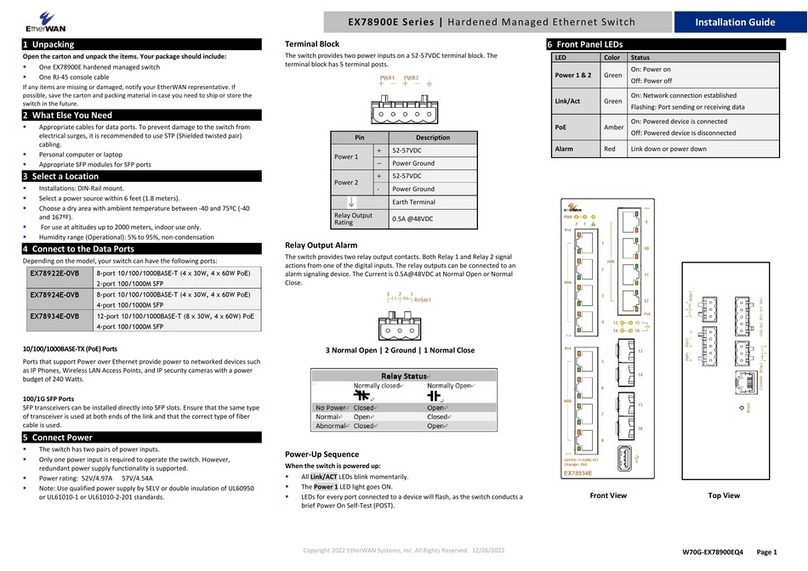Teseq NSG 439 User manual

1
NSG 439/NSG 439A
ESD SimulAtor for
robotic SolutioN
uSEr mANuAl
601-271C

NSG 439/439A ESD simulator for robotic solution
NSG 439/NSG 439A
ESD SimulAtor for
robotic SolutioN
uSEr mANuAl

1 Explanation of the symbols used in this manual 5
2 Safety 6
3 Introduction 8
3.1. Electrostatic discharge (ESD) 8
3.2. Simulation 8
3.3. Effects on the EUT 10
4 The NSG 439 12
4.1. The simulator 13
4.1.1. Block diagram 13
4.1.2. Operating elements 15
4.2. System components 16
4.2.1. Battery charger/power supply unit 17
4.2.2. Options 17
4.2.3. Discharge networks 18
4.2.4. Remote triggering 18
4.2.5. Interlock 20
4.2.6. Measurement adapters 24
5 Commissioning 25
5.1. Function test 25
6 Mechanical mounting 26
7 Operation 28
7.1. Switching on 28
7.2. Battery monitoring 29
7.3. Operation and settings 30
7.3.1. Display mode 31
7.3.2. Voltage 33
7.3.3. Polarity 33
7.3.4. Counter 33
coNtENtS

7.3.5 Repetition 34
7.3.6 Settings 36
7.3.7 Language 34
7.3.8 Device info 36
7.3.9 Discharge 36
7.3.10 Threshold 37
7.3.11 ISO-Selftest 39
7.3.12 Level 40
7.3.13 Program 40
7.3.14 Trigger button 41
7.3.15 Continuous operation 41
8 Test procedures 42
8.1 Standard-compliant procedures 42
8.2 Other situations 42
9 Vericationofthepulsedata 44
10 Typical pulse data 45
11 Maintenance 46
11.1 Calibration 46
11.2 Exchanging the R/C network 47
11.2.1 Reduction of pulse repetition rate at increased capacity 48
11.3 Repairs 48
11.4 NSG 439 system error messages 49
11.5 INA 4431 robotic air-discharge adapter 51
11.6 Function of the air-discharge adapter 51
11.7 Mechanicalxture 53
11.8 Disposal 54
12 Technicalspecications 55
13 ESD standards 57
14 Warranty 58
15 Options 59
16 Addresses 60

5
Please take note of the following explanations of the symbols used in order
toachievetheoptimumbenetfromthismanualandtoensuresafetyduring
operation of the equipment.
The following symbol draws your attention to a circumstance where non-
observation of the warning could lead to inconvenience or impairment in the
performance.
Example:
1 ExplANAtioN of thE SymbolS
uSED iN thiS mANuAl
This connection must not be confused with the main
power input.
The following symbol draws your attention to a circumstance where non-
observation of the warning could lead to component damage or danger to the
operating personnel.
Example:
Never connect or disconnect the pistol while system is
performing a test.
Symbols used on the product:
Danger
high voltage
Protective
earth terminal
Attention
refer to manual

6
NSG 439/439A ESD simulator for robotic solution
The NSG 439 simulator is not a toy! It is a professional tool and belongs only in the
hands of specialists and appropriately trained personnel.
When powered by its own batteries the simulator can be active even without any
power cable being connected.
The instrument must not be switched on unless a correctly connected earth or
earth cable (pulse current return path) is in place. The original earth cable supplied
with the instrument is to be used. Any replacement cables must be fabricated in
such a way that they cannot be accidentally connected to a mains outlet socket.
Donottouchthetestnger!Thereisadangerofanunpleasantelectricshockif
the instrument is switched on (LC-display active).
2 SAfEty
This item of equipment, together with its accessories,
works at high voltages of up to 30 kV. Any careless han-
dling or non-observance of the operating instructions
can have dangerous consequences.
Only trained personnel may operate the instrument.
Personnel tted with a heart-pacemaker must not
operate the instrument nor approach the test rig while
it is in operation.
These operating instructions form an integral part of the instrument and must be
available to the operating personnel at all times.
The instrument must not be used for any purpose other than testing the ESD
immunity of electronic equipment.

7
Since the purpose of the simulator is to generate electrostatic discharges,
the spark over caused by a discharge is not designed for use in an explosive
environment. However, the simulator itself may resist forces caused by small
are-up.
Each electrostatic discharge produces powerful elec-
tromagnetic interference.
Nearby electronic equipment can be seriously disrupted unless
the appropriate counter-measures are taken. Perform ESD tests
preferably in a shielded room.
If a network needs to be exchanged, the test has to be
stoppedrst,followedbyawaitingtimeofatleast5s
to ensure the voltage being internally discharged.
The rechargeable batteries in the base station must not be short-circuited under
any circumstances. They must only be recharged with the original charging unit
supplied with the simulator. Should they have to be replaced, kindly observe
the relevant recommendations for their correct disposal.
The instrument must not be opened. Repairs, maintenance work and internal
adjustmentsareonlytobecarriedoutbyaqualiedserviceengineer.
Use the instrument only in dry surroundings. Any condensation that occurs
must be allowed to evaporate before putting the simulator into operation. Long
periods of exposure to sunlight and excessive warming by external energy
sources are to be avoided.
Do not continue to use the instrument should any mechanical damage occur.
The instrument’s housing and the cable have both an insulating and a screen-
ing function, which can only be assured while the housing is intact. Return a
damaged simulator to a Teseq service centre immediately for repair.
Teseq AG Luterbach, Switzerland and the associated sales organization accept
no responsibility for personal or material damage nor for any consequential
damage that results from irresponsible operation of this instrument.

8
NSG 439/439A ESD simulator for robotic solution
Under appropriate ambient conditions, both material objects and even the
human body itself can become charged with electrical energy. This effect is
due to «electrostatics», a phenomenon that has been known since the earliest
times. Thales von Milet (600 BC) noticed how amber attracted very light particles
when it was rubbed. Touching a charged item against a conductive object leads
to a charge equalization through a spark discharge, which produces a brief but
powerfulelectromagneticeld.
3.1. Electrostatic discharge (ESD)
This effect can be explained as follows: Two insulating substances with differing
dielectric constants become charged when rubbed together, i.e. one material
gives electrons to the other one. This effect is known as electrostatic charging.
The same can happen to a person. When somebody walks around in a dry
atmosphere on carpet while wearing shoes with good insulating properties, a
charge of several thousand volts can be built up. If, now, that person comes
closetoaconductivesurface,thechargethatheorsheiscarryingowsaway
through a hefty spark discharge.
Thehighequalizingcurrentthatows,andtheassociatedlargeelectromagnetic
eldthathenceresults,cancauseelectronicdevices(computers,terminals,
process controllers, vehicle electronics, solid state devices, credit or memory
cards, etc.) to malfunction or even be destroyed.
3 iNtroDuctioN
3.2. Simulation
A systematic investigation of electronic equipment and installations to deter-
mine their electromagnetic compatibility (EMC) is, today, a necessity if one is
not prepared to suffer the economic disadvantages that could otherwise ensue.
As a logical consequence, appropriate testing is now a legal requirement for
the sale of electronic products within the EU.

9
The ESD test plays an important role in the range of interference sensitivity
tests. It simulates frequently occurring effects and guides the development
engineer to any weak spots in an instrument or item of equipment through a
combination of high voltage and high frequency properties.
A simulation device must be constructed such that it reproduces practical con-
ditions realistically. Furthermore, the results obtained (interference sensitivity
threshold) must be reproducible.
The interference immunity of an instrument is not only dependent on its con-
struction, it is also largely dependent on the quality or the consistency of the
mass production techniques used. Knowing this has led to the demand for
individual testing or at least random sample testing.
Further weak spots, which could affect the overall interference immunity, can
arise through the assembly of instruments into complete systems because
of the installation method used, the cabling and the earthing. An ESD check
on systems is therefore also prescribed. Such tests provide valuable informa-
tion about the immunity of the system to effects that occur only sporadically
underoperatingconditionsandhencerepresentdifculttodetectsourcesof
disruption.
TheESDsimulatorNSG439fullstherequirementsofnumerousapplications
in an ideal manner, thus:
Robust housing To withstand large velocity forces
Operation Operating via software, however they are manual
selectable via touch panel.
Battery-powered Independence from a mains power feed.
Microprocessor-control All the functions are «on-board», including a
presettable counter, preprogrammed test values,
discharge voltage measurement, etc.
Precision The test parameters are maintained precisely for
reliably reproducible tests.

10
NSG 439/439A ESD simulator for robotic solution
3.3. Effects on the EUT
Themostsignicantinterferencecomponentsofanelectrostaticdischarge
are of a high frequency nature. The interference paths and effects have to be
assessed in the range from about 30 MHz to multi-GHz.
The extremely rapid rise time of a discharge affects an object under test mostly
through:
magnetic HF-coupling between electrical conductors in the electronics and
the discharge current path.
electrical coupling between the discharge current and signal lines. A discharge
currenttotheEUTowsproportionallythroughalltheassociatedconductors
(earth, mains, data lines, screening, etc.) according to their relative impedance.
Malfunctionsininsufcientlyimmuneelectronicequipmentandsystemsmake
themselves apparent through:
Program crashes
blocking of command sequences
incorrect commands, statuses or data being further processed
partial system resets (e.g. only in peripheral modules, which lead to errors
that the system does not recognize)
disturbance or destruction of interface modules
destructionofinsufcientlyprotectedMOScomponents.
Flexibility The specications prescribed inthe standards
aremorethanfullledineveryrespect.Theinstru-
ment also offers many additional handy features.
Safety The high voltage simulator is automatically deac-
tivated if the instrument remains unused for a
period of time.
Applicationeld Developmentoptimization,type-approval,EMC
certication,batchtesting(individually),testingof
fully installed systems.

11
ESD (electrostatic discharge) testing usually shows up all the weak spots in
the HF-range of a piece of equipment simultaneously. The uses to which the
NSG 439 ESD simulator can be put hence go way beyond those called for in
standard-conform applications.
This instrument provides the engineer with a means to detect sources of error
caused by unsuitable earthing, poor ground connections, insulation problems,
etc.
The simulator also serves as a reliable aid for localizing hidden wiring faults
during acceptance trials on installations.
Use can also be made of the instrument as an insulation tester to determine
the breakdown voltage of switches, relay contacts, insulators, etc.

12
NSG 439/439A ESD simulator for robotic solution
By using the latest materials, construction methods and manufacturing tech-
niques for the robust housing shell, together with highly insulated modules,
the newest high voltage technology, the touch-sensitive operating panel and
a control unit built using the SMD technique, it has been possible to integrate
all the functions that a comprehensive simulator system should offer into one
compact instrument.
Assuppliedinthebasicset,thesystemisequippedwitha150pF/330Ω
discharge network for the IEC/EN 61000-4-2 (2001) standard.
The discharge voltage of up to 30 kV for both air-discharges and contact-dis-
charges ensure a comfortable test margin over and above the levels called for
in the standards.
The instrument is well equipped to cope with other (and future) standards. The
accessoriesincludevariousnetworksandtestngersthatcanbeattachedby
the user himself.
The basic set contains everything necessary for general use. A rich assortment
of accessories for special tasks is available such as a remote triggering unit,
further discharge networks, an ergonomically shaped carrying case, a tripod
adapter,testngers,etc.
4 thE NSG 439

134.1. The simulator
The pistol houses the interchangeable pulse network, high voltage relay, the
exchangeabletestnger,measuringelectronicsandthetouch-sensitiveinput/
display panel.
4.1.1. Block diagram
The various function units are shown in the block diagram:
Block diagram of the base station:
µP Kontroll einheit
µP control unit
Interlock
unit
Meas.
circuit
Interlock reset
Power on
High voltage
generator +/-
PSU and battery
Power
Batt. status
Interlock
Communication to
the PC (opto link)
External
trigger
EUT fail
Interlock in
Interlock out
24 VDC
High voltage
active
Buzzer
High voltage to
Discharge pistol
communication
to discharge
pistol

14
NSG 439/439A ESD simulator for robotic solution
Block diagram of the pistol:
The microprocessor controls and monitors all the simulator functions:
All entries are checked for plausibility. Unacceptable entries are rejected and
anacousticwarningnotiestheuseroftheerror.
Values entered are clearly shown on the large display screen. Further
information shows the operating status and the counter settings.
The battery charge state is continuously monitored. The display warns if there
is a tendency towards low voltage. The instrument’s functions are inhibited
oncethebatteryvoltageisinsufcienttoguaranteethepulseparameters.
High voltage generation is dynamically controlled by the processor. Varying
load conditions, supply voltages, etc. can thus be taken into account and
have no effect on the pulse parameters.
The instrument switches itself off automatically if it is not used for a while. The
pulse parameters and operating mode remain stored and ready for reuse.
µP control unit
Display with
touch panel
Buzzer
Discharge
network
High voltage
relay
Communication to
the base station
Manual
trigger
High voltage
Network ident.
Testnger
Tip ident.

15The charge voltage to the network is kept constant as long as the trigger is
active. The high voltage is discharged internally when the trigger is reset.
If no discharge occurs when set for an air-discharge and the trigger is active,
the processor waits for about 30 s then autonomously resets the trigger and
discharges the network internally with simultaneous acoustic warning.
A measurement facility detects an actual valid air-discharge and shows it on
the display.
Pulse triggering is monitored. Once an arc has occurred the network is
discharged internally so that no further arcing is possible.
4.1.2. Operating elements
Apart from the trigger button itself (pulse triggering), all the operating elements,
test relevant setting and user information are presented on the touch-sensitive
display panel facing the operator.
TheNSG439isswitchedonandoffwiththemainpowerswitch.Thesigni-
canceoftheelementsinthedisplayeldcanbeseeninthefollowingpicture.
Further information can be found in section «operation».
All operations are performed via the touchpanel.
The following display is shown on the panel when the pistol is switched on.

16
NSG 439/439A ESD simulator for robotic solution
The function of the trigger button on the handgrip depends on the operating
mode currently selected:
As a pulse button in single discharge mode (1 pulse each time it is pressed).
As an on/off switch in repetitive mode (discharges while button is pressed).
As a pausing on/off switch in repetitive mode with the preset counter in
operation (start the discharges by pressing the button/stop the discharges
by pressing the button again).
The remote control facility replicates the action of the trigger button by means
of appropriate control signals.
4.2. System components
The basic set is packaged in a practical carrying case and comprises:
Carrying case
ESD simulator NSG 439 consisting of a pistol and a base station with a battery
power supply
Dischargenetwork150pF/330Ω/IEC/EN61000-4-2(2001)
1testngereachforairandcontactdischarges
Battery charger/mains power pack
Operating instructions
This set contains all the items necessary under normal conditions to conduct
tests conforming to the IEC/EN 61000-4-2 (2001) standard.

174.2.1. Battery charger/power supply unit
Power to the instrument is provided through a universal mains unit suitable for
input voltages between 80 and 240 VAC. This same unit also serves as a charger
for the integral battery pack.
Charging of the battery takes about three hours. At this point a timer switches
the charger to a reduced charging current and the indicator lamp changes from
red to green.
The battery will also charge up when the instrument is switched off.
Afullbatterychargewillsufceforseveraldaysofnormaltestoperation.
Battery life expectancy:
Ambient temperatures over 50°C can lead to degradation of the battery. If
treated carefully, more than 300 charge/discharge cycles can be expected
without a noticeable reduction in capacity.
The charger and battery-pack form a matched entity. The battery must not
be charged from any other unit and the charger is to be used exclusively for
the intended purpose.
Operating advice:
Use the equipment only in dry surroundings.
Recharge the battery about every 6 months even if the instrument is not
being used.
4.2.2. Options
A range of additional accessories is available for special applications and for
testing to alternative standards:
Dischargenetworksandtestngersforotherstandards
Fast rise time tip
Coaxial measurement adapter type MD 101 or MD 103
Opto link to a PC
H-eldadapter
Flexible test tips
Discharge remover

18
NSG 439/439A ESD simulator for robotic solution
4.2.3. Discharge networks
Thebasicsetcontainsadischargenetworkandtestngersforconductingtests
that conform to IEC/EN 61000-4-2 (2001) alternative networks can be installed
for testing in accordance with other standards.
Several networks are given in the orderlist. The C and R values of the discharge
networkcanalsobespeciedforotherapplications.Networksconformingto
otherstandardscanbebuiltuponrequest.Thespecicationsofthestandard
mustbefullydened.
Exchanging the discharge network is described in section «exchanging the R/C
network».
4.2.4. Remote triggering
A remote triggering unit can be connected to operate the NSG 439 inside a
Faraday cage with external pulse triggering or for test pulse triggering in syn-
chronism with other conditions.
If J3 interface is used, then it has to be make sure that
a shielded cable together with a solid shielded connec-
tors has to be plugged.
The shield it self has to be connected to the housing.
This to prevent the risk of a ESD hazard of the controller
board itself.
PC Interface
J3
Ext. Trigger EUT Fail
Charge removing
Interlock IN Interlock OUT DC IN
Earth

19
The extended operating function of «Charge Removing» on J3 connector is
included in NSG 439 products from serial number 577 (June 2006) upwards.
Therefore different pin assignment is given.
Connector J3: Pin assignment >SN 577
Pin Signal name Description
1EXT_TRIGGER External trigger input
2NC –
3NC –
4EUT_FAIL EUT failure input
5GND Earth
6NC –
7Charge remove Charge remove drive output
8GND Earth
9+15 V Voltage output (max 500 mA)
Ext. Trigger:
The following circuit is built in behind the connector. This function is similar to
the function of the yellow trigger knob on the handle.
Vcc
120k
EXIT_TRIGGER
(Port A.6)
10nF
Pin 5
Pin 1
Ext. Trigger
1k

20
NSG 439/439A ESD simulator for robotic solution
EUT failure input:
The same circuit is used for the EUT failure input. This function will stop the
test procedure.
4.2.5. Interlock
The NSG 439 has an integrated interlock system in keeping with standard prac-
tice for high voltage test equipment.
This system has the following functions:
Inputs
1. Input for external monitoring purposes of, for example, special coupling
networks and access control.
2. Internal emergency off button opens the interlock.
Outputs
1. Operating mode: the NSG 439 can generate no high voltage as long as the
interlock is not closed. High voltage generation is prevented if the interlock
is opened during a test procedure.
2. Warning lamps: when the interlock is closed the green lamp is switched off
and the red lamp is illuminated.
3. Interlock output for other system devices.
Vcc
120k
EUT_FAIL
(Port A.7)
10nF
Pin 5
Pin 4
EUT fail
1k
This manual suits for next models
1
Table of contents
Popular Switch manuals by other brands
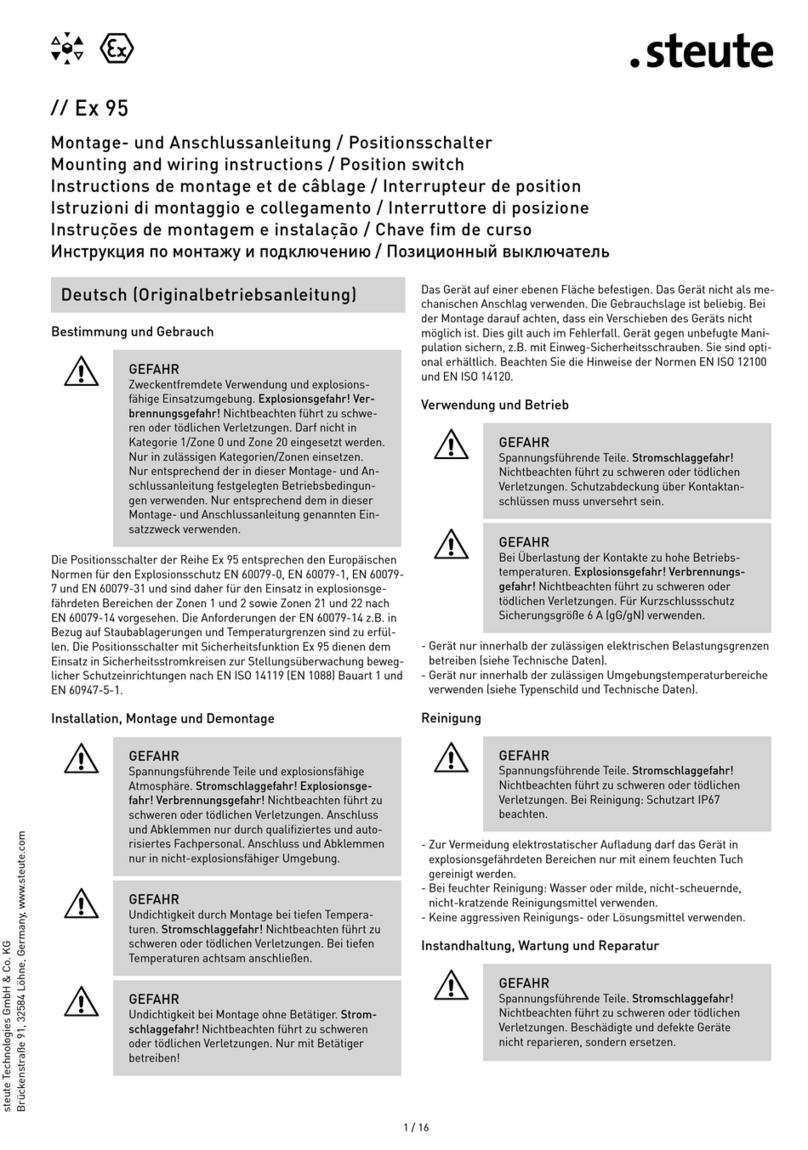
steute
steute Ex 95 Mounting and wiring instructions

Advantek Networks
Advantek Networks ANS-24RV user manual
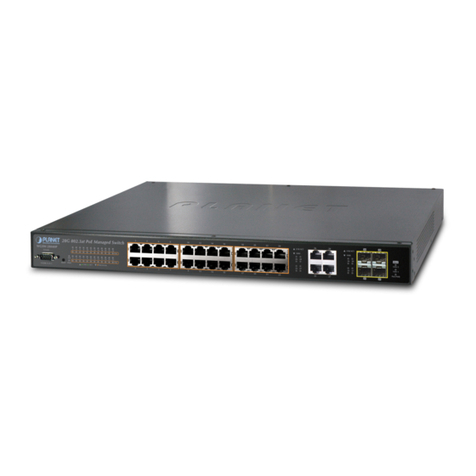
Planet Networking & Communication
Planet Networking & Communication wgsw-28040 Quick installation guide
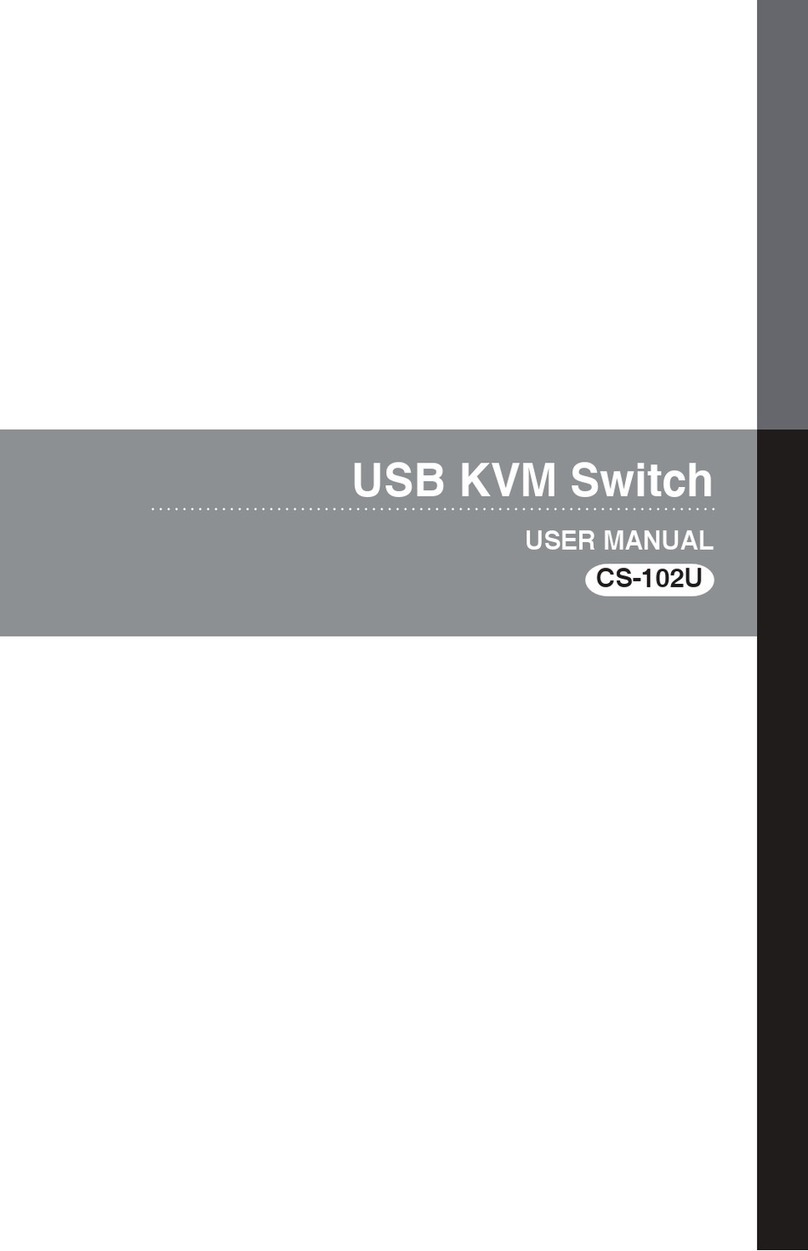
ATEN
ATEN CS-102U user manual
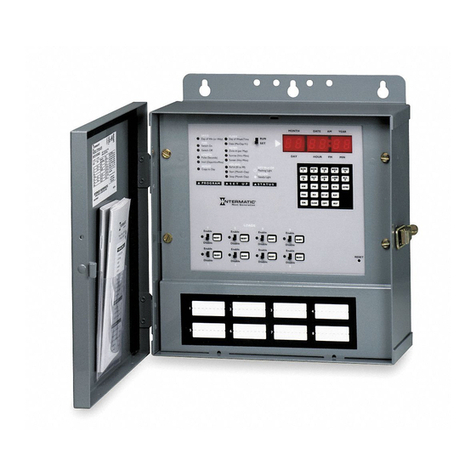
Intermatic
Intermatic ET70815CR user guide

Rackmount
Rackmount U-1602 user manual

Avocent
Avocent AMX Switch Series Installer/user guide

Omnitron Systems Technology
Omnitron Systems Technology FlexSwitchTM 8U 6700-FK user manual
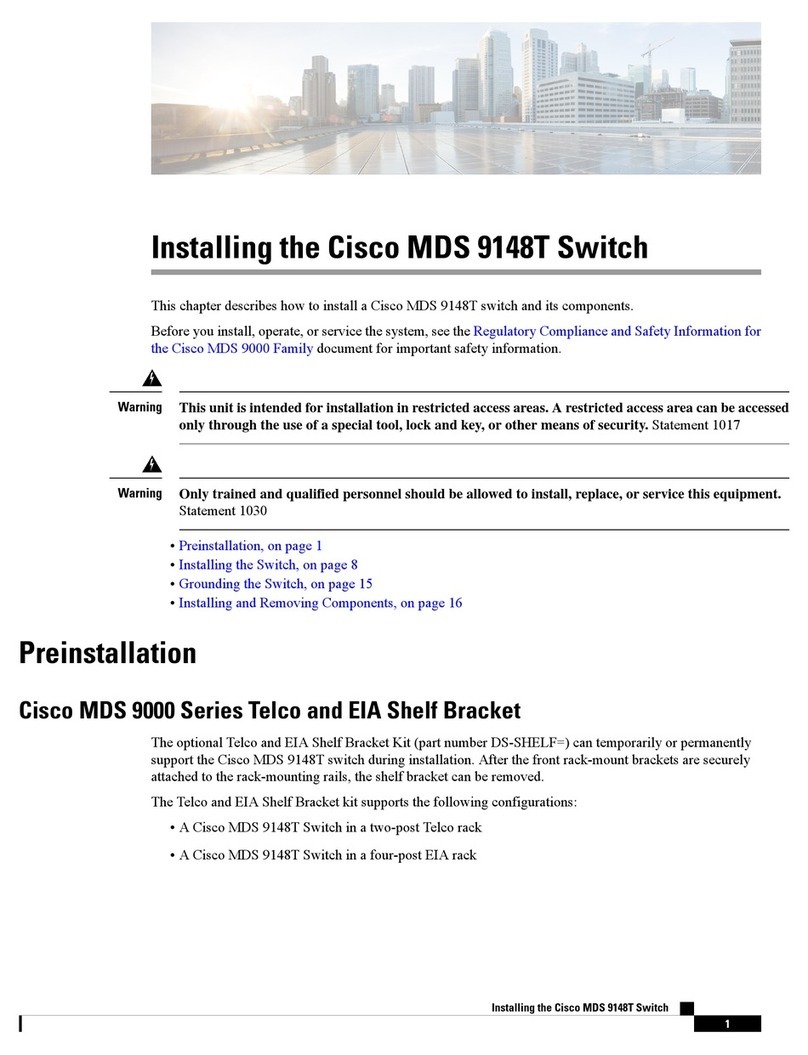
Cisco
Cisco MDS 9000 Series Installing

Atlona
Atlona AT-HDKVM-V21 user manual
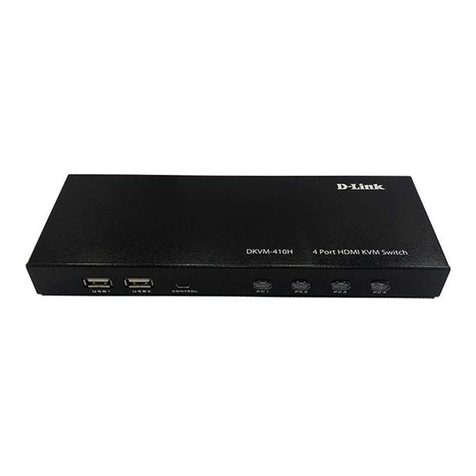
D-Link
D-Link DKVM-410H Quick installation guide
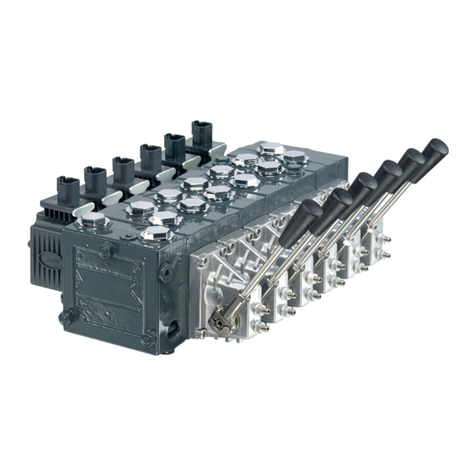
Danfoss
Danfoss PVG 32 installation guide
